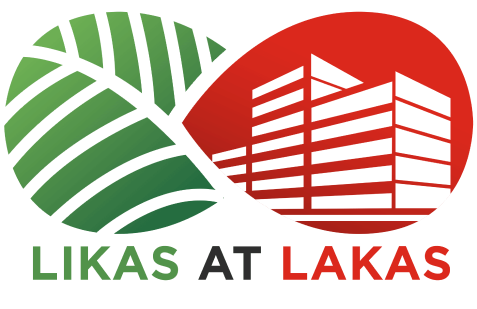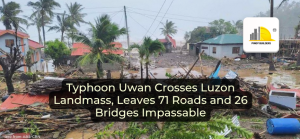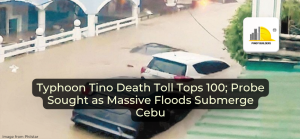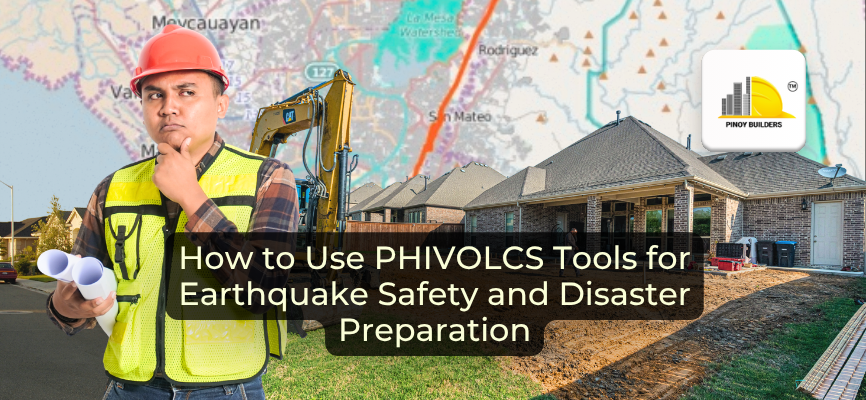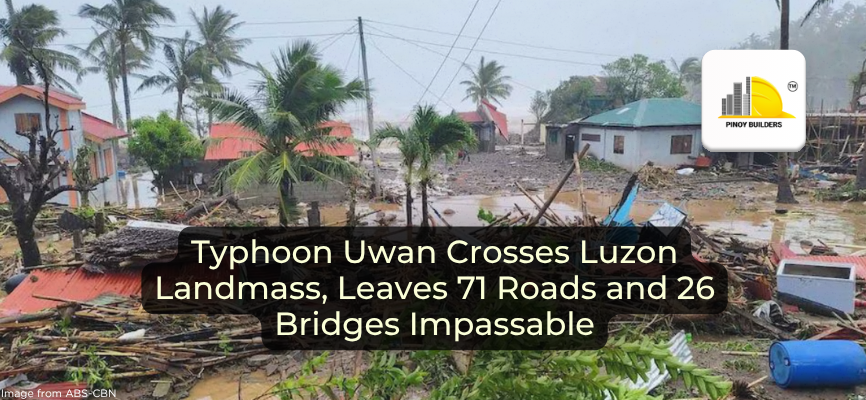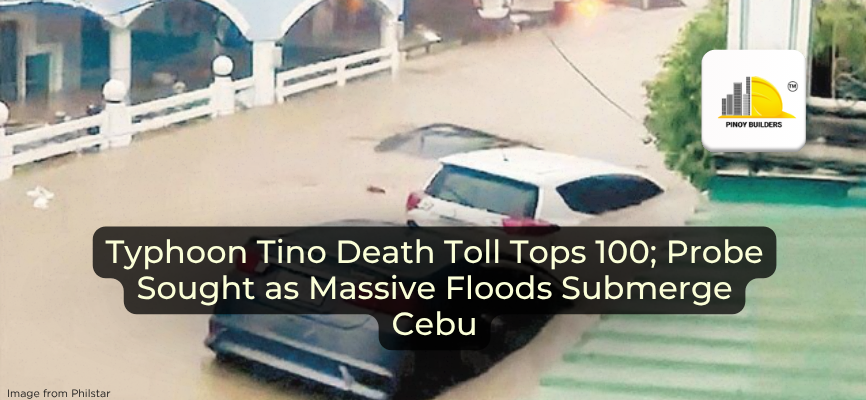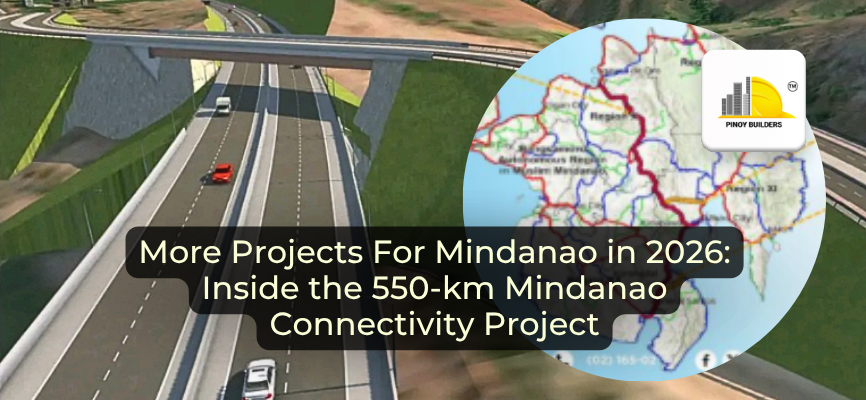The long-awaited Metro Cebu Expressway is finally getting a fresh push. First launched in 2017 by the Department of Public Works and Highways (DPWH), the 74-kilometer project is designed to connect Naga City in the south to Danao City in the north. Once completed, it promises to ease Metro Cebu’s notorious traffic congestion, particularly along the coastal roads and the South Road Properties (SRP).

A Highway Years in the Making
The Metro Cebu Expressway was envisioned as a high-capacity, upland bypass that would cut across the province’s mountain ranges. The project aims to reduce travel time dramatically, with estimates showing trips from Naga to Consolacion dropping from one and a half hours to just 30 minutes, and Naga to Danao from three hours to only 50 minutes.
Despite its potential, the expressway has faced repeated setbacks. Land acquisition delays, a major landslide in Naga in 2023, and environmental compliance issues in 2024 all slowed progress. At one point, the DPWH even removed the project from its list of flagship infrastructure programs, raising doubts about its future.
Renewed Partnership to Move Forward
The project’s momentum is now picking up again. Cebu Governor Pamela Baricuatro and Cebu City Mayor Nestor Archival have agreed to join forces with DPWH to fast-track the project. Archival proposed forming a joint team of city, provincial, and DPWH engineers to accelerate work and address roadblocks.
“I asked her, ‘Gov, can we join forces? You have your engineers, I have mine. Then, with the DPWH, we will find a way to expedite it because it will really help the traffic,” Archival said in an interview.
Baricuatro, however, has been candid about the main obstacle: funding. With an indicative project cost of around ₱94 to ₱96 billion, the Metro Cebu Expressway is far beyond what the provincial government can finance alone.
“This is a national project, this is not a project of the Province,” Baricuatro stated in an interview.
This concern has put two options on the table: national government funding or a public-private partnership (PPP).
Funding Paths: National Budget or PPP
If the project secures funding from the national government, motorists may enjoy toll-free access to the expressway. On the other hand, moving forward through a PPP would likely introduce toll fees, but could also speed up construction by tapping private investment.
Governor Baricuatro has said she would prefer a national budget allocation, ensuring accessibility for all motorists. However, PPP remains a realistic option given the project’s high cost.
“We need to know if there is a budget for this in 2026,” she said. “Mas maayo unta matagaan ni og budget para magamit jud ang Expressway without any toll fee [It would be much better if this is given a budget so the Expressway can really be used without any toll fee],” she added.
About the Project
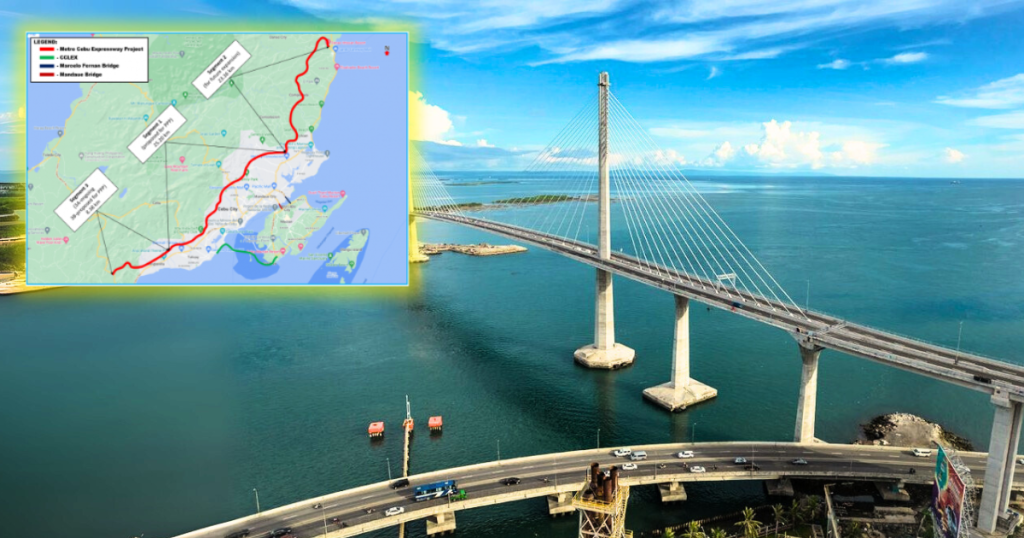
DPWH provides a clear outline of the Metro Cebu Expressway’s project timeline, essential details, and its budget estimations. The expressway is divided into three main segments:
- Segment 1: Minglanilla to Cebu City to Mandaue/Consolacion (25.20 km, proposed for PPP)
- Segment 2: Mandaue/Consolacion to Danao City (23.36 km, future expansion)
- Segment 3: Naga to Minglanilla (3A, 4.20 km) and an additional 4.18 km (3B, proposed for PPP)
Work on Segment 3A has already made significant progress, with DPWH reporting 97% completion in 2023. Several contracts for road sections in this area were completed between 2021 and 2023, showing that at least some portions of the massive project are already in place.
The Need for Better Road Infrastructure in the Region
The Metro Cebu Expressway is a potential game-changer for the region’s mobility and economy. By decongesting coastal highways and the SRP, it will improve travel safety and efficiency for daily commuters. For businesses, the road promises faster logistics, easier transport of goods, and smoother access to tourism hubs.
The expressway could also play a role in guiding Metro Cebu’s future growth, opening up upland areas for development and providing a much-needed alternative to overburdened city roads.
Looking Ahead
With DPWH, Cebu City, and the Provincial Government working hand in hand, the Metro Cebu Expressway may once again start moving forward. The path to completion still depend on tough funding decisions, but one thing is clear: Cebu’s leaders are determined to fast-track the project.
If all goes as planned, Cebuanos can look forward to a safer, faster, and more efficient way to travel from the south to the north of the island—a road that has been years in the making, now finally gaining speed.
Related: DPWH Gives Up Metro Cebu Expressway To Cebu Capitol
References
Erram, M. M. B. (2025, July 30). Cebu guv wants Cebu-Bohol expressway fast-tracked. Cebu Daily News. Retrieved September 11, 2025, from https://cebudailynews.inquirer.net/649650/cebu-bohol-expressway-cebu-guv-wants-project-fast-tracked
Flores, C. (2025, August 27). Metro Cebu Expressway Stalled, P96B Funding Needed. SunStar. Retrieved September 11, 2025, from https://www.sunstar.com.ph/cebu/a-long-road-ahead-for-expressway-guv-to-seek-national-govt-funding
Mascardo, I. H. (2025, August 28). Pamela wants P94 billion Metro Cebu Expressway project to continue. Philippine Star. Retrieved September 11, 2025, from https://www.philstar.com/the-freeman/cebu-news/2025/08/28/2468672/pamela-wants-p94-billion-metro-cebu-expressway-project-continue
Osmena, R. (n.d.). Metro Cebu Expressway fast-tracking eyed. Daily Tribune. https://tribune.net.ph/2025/05/26/metro-cebu-expressway-fast-tracking-eyed

